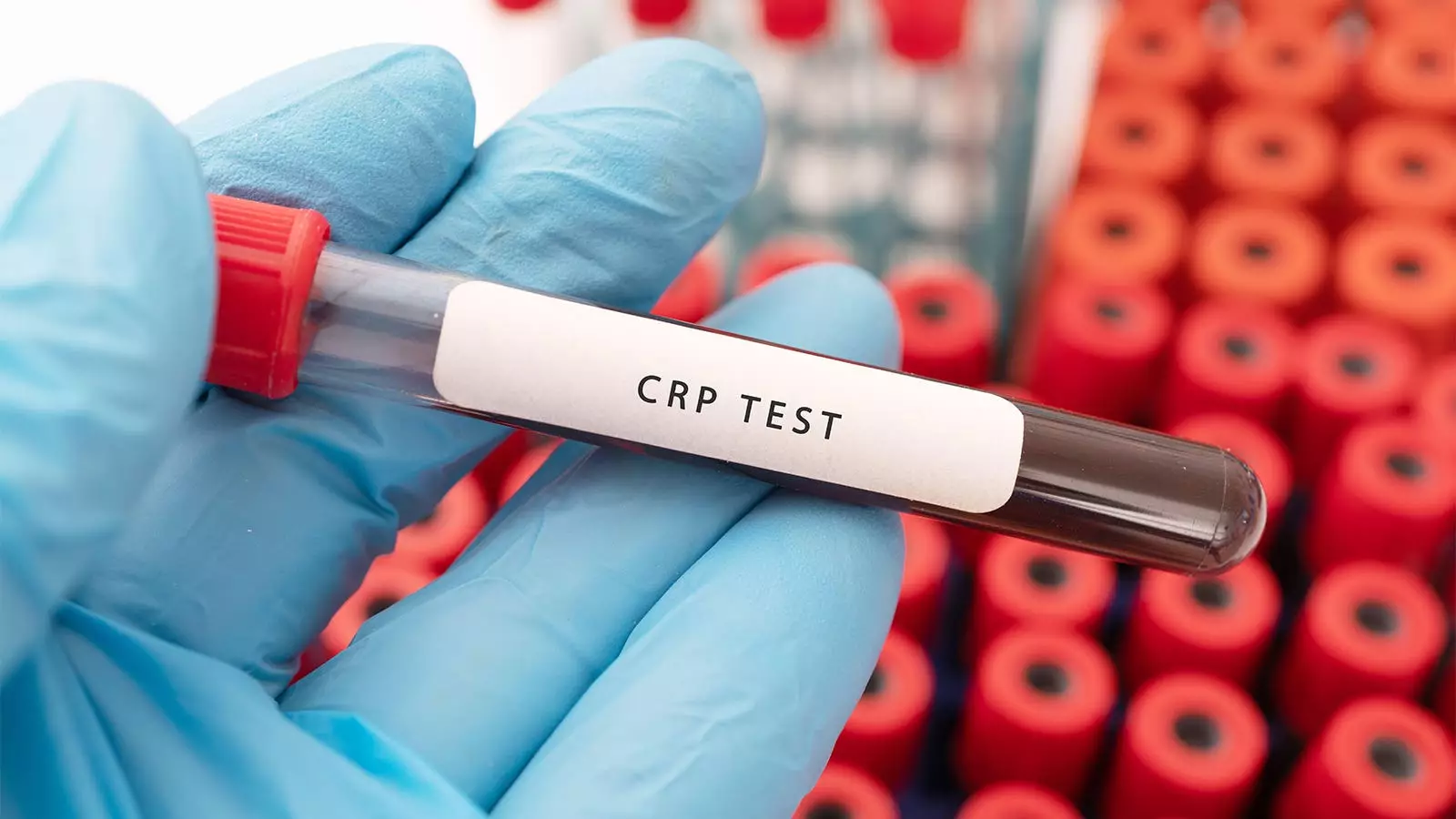Hidradenitis suppurativa (HS) is a chronic skin condition characterized by painful lumps, abscesses, and scarring, primarily affecting areas where skin rubs together. As treatments evolve, the need to optimize therapeutic responses for individuals suffering from this debilitating disease has come to the forefront. A recent examination of the PIONEER I and II trials has shed light on an important inflammatory marker, C-reactive protein (CRP), and its potential utility in predicting how patients will respond to adalimumab (Humira), a biologic drug typically administered for moderate to severe HS.
According to findings from the trials, a baseline CRP level above 0.30 mg/dL is associated with a lower likelihood of achieving a clinical response to adalimumab treatment. Specifically, patients exhibiting higher levels of CRP were shown to have significantly reduced odds of clinical improvement when compared to their counterparts with normal CRP levels. The analysis indicated an odds ratio (OR) of 0.53, suggesting that those burdened with severe inflammatory states are less likely to benefit from this therapeutic approach. This observation raises critical questions about the effectiveness of adalimumab among patients with high CRP levels, as such a marker could serve as an influential determinant when deciding treatment options.
In exploring these clinical nuances, researchers identified a troubling trend: as CRP levels increase, the prospects for a favorable response appear to diminish steadily. Notably, a unit increase in CRP reduced the likelihood of a clinical response, underscoring the potential for CRP to serve as a guiding parameter for clinicians when considering patient management strategies. The study further postulated that patients presenting CRP levels in the top quartile are 30% less likely to respond positively to adalimumab, emphasizing the importance of understanding this relationship in the broader clinical landscape.
While correlations between CRP levels and treatment responses are evident, seasoned dermatologists underscore that predicting individual responses to therapies like adalimumab remains a complex and often unpredictable endeavor. Notably, experts like Dr. Danilo C. Del Campo from the Chicago Skin Clinic suggest that although CRP may reflect systemic inflammation and disease severity, it hasn’t traditionally influenced initial dosing decisions. Providing standard care protocols, practitioners often begin treatment with approved dosages and reassess based on patient reactions over time.
This caution underscores the importance of real-world evidence and the limitations inherent in post hoc analyses. While insightful, the results from the PIONEER trials do not definitively shape clinical practice guidelines. Dr. Steve Daveluy from Wayne State University mirrored this sentiment, emphasizing the unpredictability tied to treatment responses in HS patients. With other studies identifying blood monocyte levels as a potential limiting factor, the quest for reliable predictive biomarkers remains paramount.
In light of the challenges presented by treatment-resistant cases, the implications of high CRP levels cannot be overstated. The researchers suggested that alternative dosing strategies or the exploration of different biologics might become necessary for patients who demonstrate inadequate responses to adalimumab. For instance, weight-based dosing and monitoring of drug levels could pave the way for more personalized treatment approaches.
Dr. Daveluy also noted the utility of combining biologics with medications targeting other underlying factors, such as metabolic syndrome, that may exacerbate HS symptoms. He highlighted the potential benefits of adjunctive treatment options, including spironolactone, finasteride, and even metformin, especially in patients with elevated CRP levels who are often linked to higher body mass indices.
Ultimately, while the insights gained from the analysis of CRP as a marker for treatment response in HS are valuable, it is essential to approach them with caution. The complex dialogue between biomarkers, patient demographics, and clinical outcomes underscores the need for further prospective research to better define when patients may not benefit from specific therapies like adalimumab. Only through continued investigation can the medical community hope to enhance treatment paradigms for those battling hidradenitis suppurativa and improve clinical outcomes.
The evolving landscape of HS treatment exemplifies the importance of integrating research findings with clinical experience, encouraging a collaborative effort towards optimal patient care.



Leave a Reply